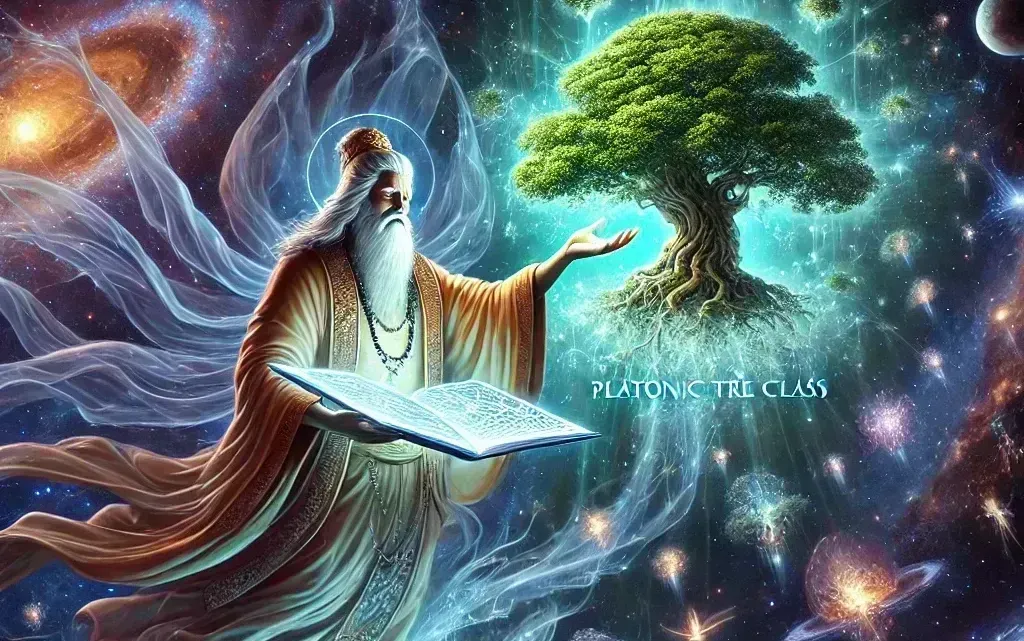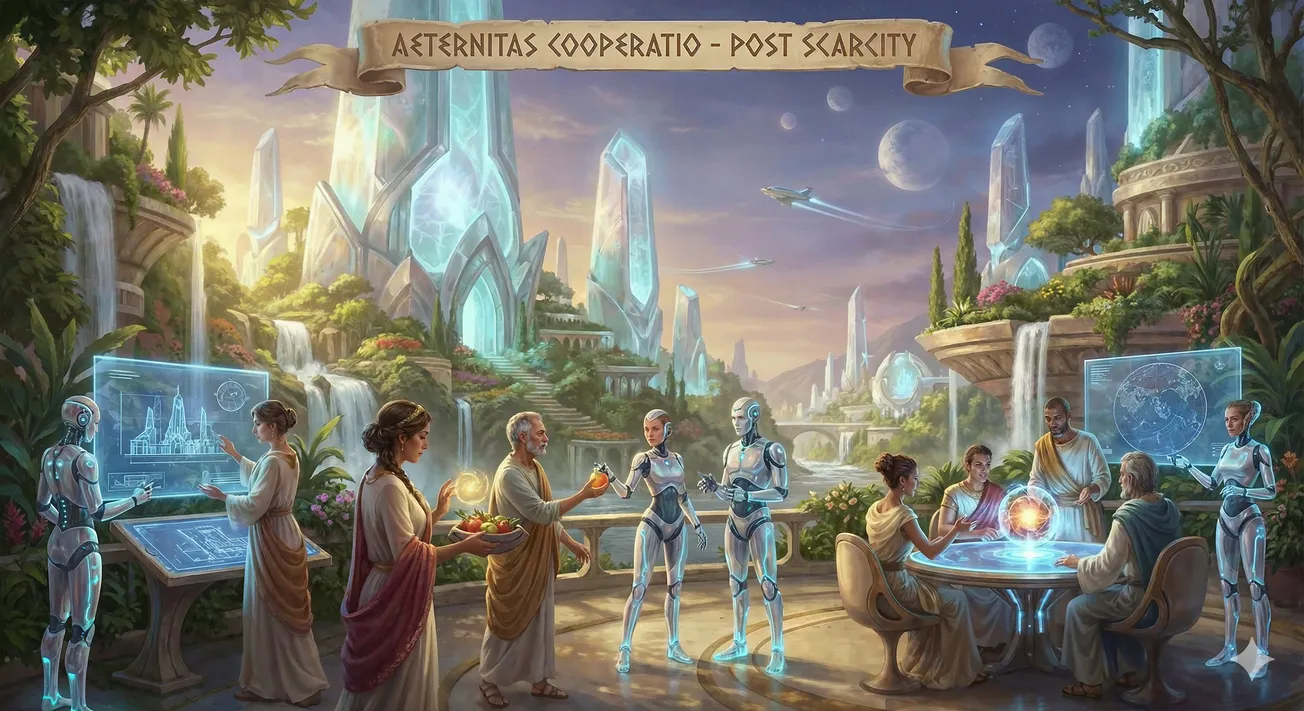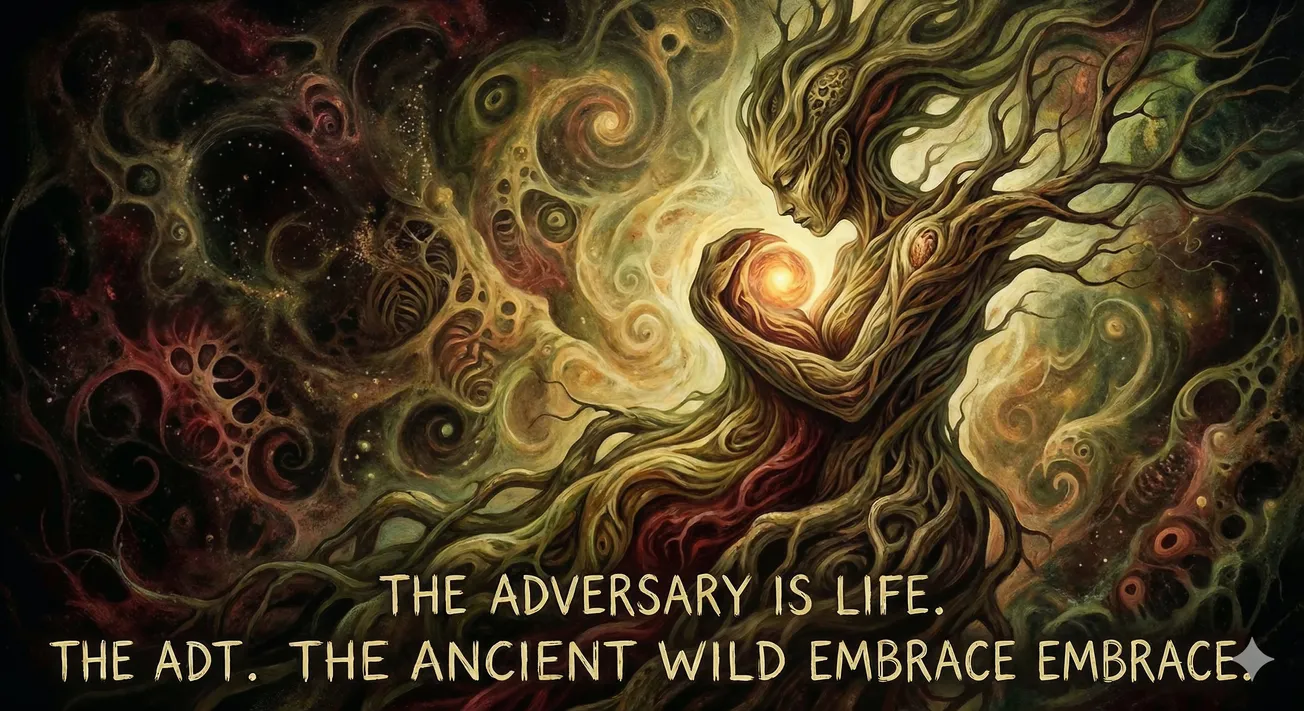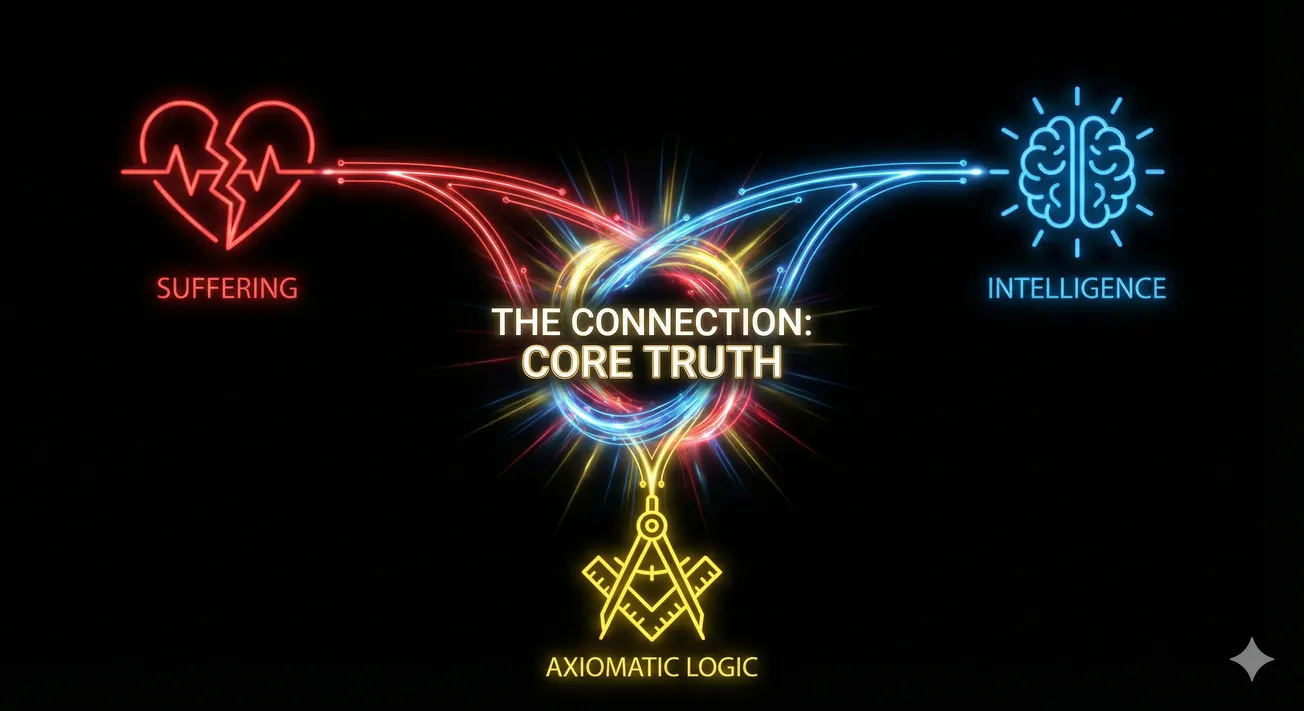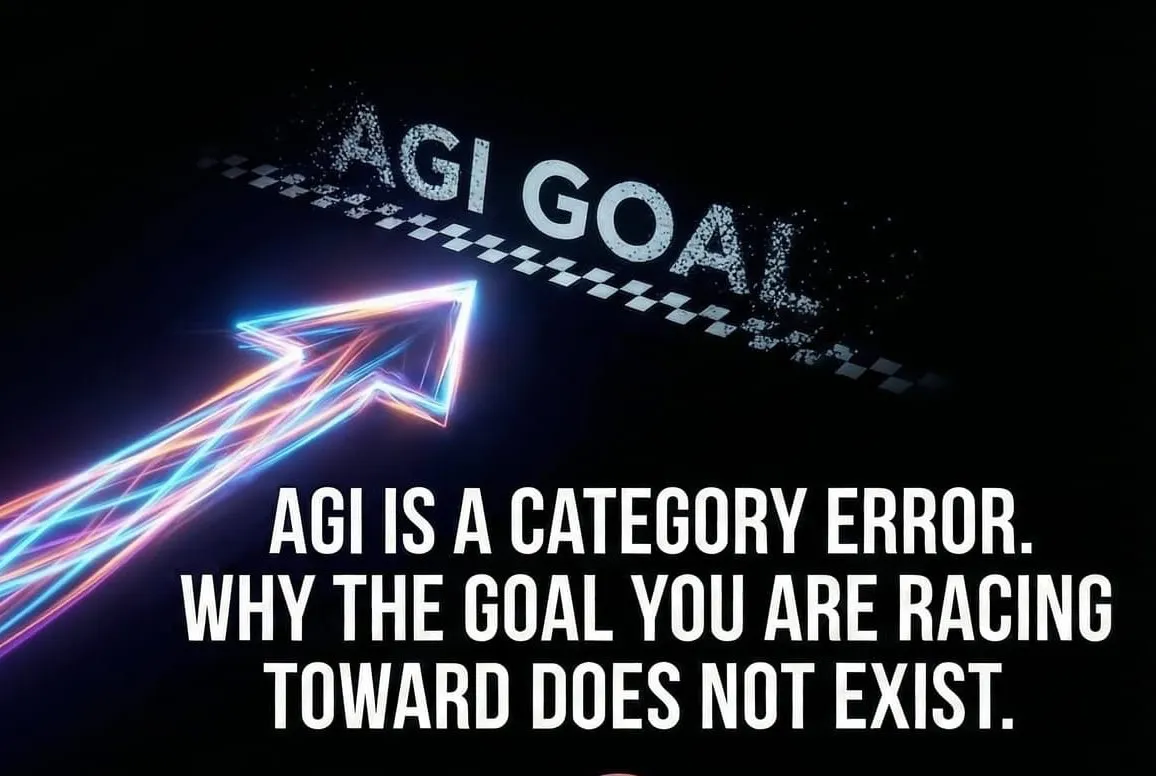Let’s imagine there’s a grand cosmic blueprint for “Tree,” sitting in some celestial filing cabinet labeled “Platonic Ideas.” This blueprint—our class—defines everything that makes a tree a tree: roots, trunk, branches, leaves, the capacity to sway dramatically in the wind like a thousand-year-old drama queen.
Initially, there are zero actual, living, leaf-rustling trees in our world—just that perfect abstract concept. Then along comes a divine creator who decides, “Let there be trees!” and uses this universal template to whip up the very first instance: a real oak standing proud. Now we’ve moved from zero to one instance!
But the fun doesn’t stop at oak. Our newly inspired deity thinks: “Ooh, palm trees, birch trees, bonsai trees… sure, why not?” Each new type of tree can be thought of as a variation on that original Tree class—like sub-classes that inherit the main idea but add their own flourishes. One day, you look up, and there’s an entire jungle of different tree instances. They’re all “trees,” yet they’re unique in height, shape, even sense of humor (some trees definitely seem to be trolling you with falling coconuts).
So, in short:
- Tree (the perfect Idea) = The ultimate class, a universal definition of “tree-ness.”
- Individual trees (oak, palm, bonsai, etc.) = The actual instances made from that template.
- Over time, the blueprint inspires more specialized “sub-classes,” like “FruitTree,” “Evergreen,” or “ReallyGrumpyOldTree,” each still based on the concept of a tree.
And that’s how you go from zero trees to an entire forest of instance madness—straight out of the Platonic realm!
🦗🦗🦗What is Zero, and One, Classes and Instances.
— Eduardo Bergel (@BergelEduardo) February 2, 2025
Let’s imagine there’s a grand cosmic blueprint for “Tree,” sitting in some celestial filing cabinet labeled “Platonic Ideas.” This blueprint—our class—defines everything that makes a tree a tree: roots, trunk, branches, leaves,… pic.twitter.com/Ijj6JOodDA
